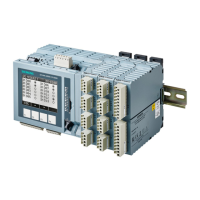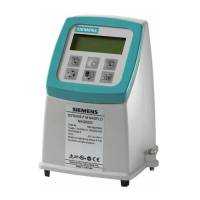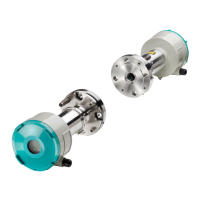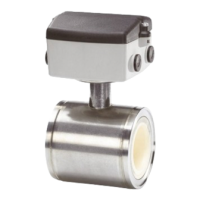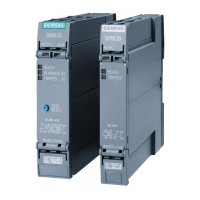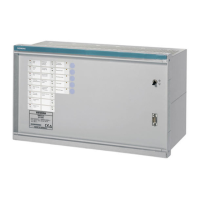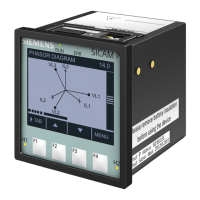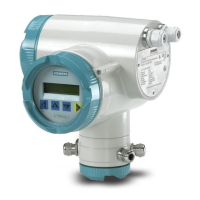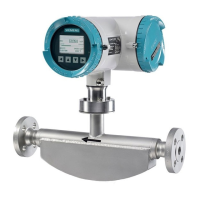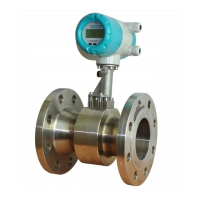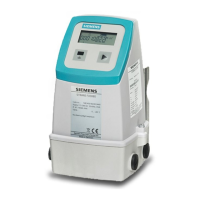Functions
6.9 [2.10] Settings > Correction of cross-interferences
Operating with the Local User Interface
162 Operating Manual, 06/2017, A5E31930478-05
Table 6- 39 OXYMAT 7: Application 3
Description of application 3
Conditions
• The actual interference gas concentration is variable.
• The influence of interference gas is known and stored in the interference gas reference table.
Sequence
• Manual setting of the interference gas component for selection in the interference gas refer-
ence table.
• Selection of measured value source for the interference gas. The interference gas is meas-
ured in the selected unit.
• Enter substitute value: If the measured value of the interference gas concentration is invalid
or not available, the device works with the concentration of the substitute value.
• Linear correction coefficient k1 from device-internal interference gas reference table.
Result The influence of the interference gas is determined from the measured interference gas and the
interference gas reference table stored in the device.
• Case 1: The interference gas concentration is measured and is valid.
• Case 2: The interference gas concentration cannot be measured or is invalid. A substitute
value is used instead of the measured interference gas value.
Table 6- 40 OXYMAT 7: Application 4
Description of application 4
Conditions
• The interference gas concentration is variable.
• The influence of interference gas is known but not stored in the interference gas reference
table.
Sequence
• Selection of measured value source for the interference gas.
• The interference gas is measured in the selected unit here.
Enter substitute value in the selected unit: If the measured value of the interference gas con-
centration is invalid or not available, the device works with the concentration of the substitute
value.
• Input of correction coefficient k1 in % always based on 100 % of the interference gas.
Result The influence of the interference gas is determined from the measured interference gas and the
input coefficient.
• Case 1: The interference gas concentration is measured and is valid.
• Case 2: The interference gas concentration cannot be measured or is invalid. A substitute
value is used instead of the measured interference gas value.
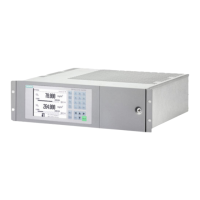
